By Robin Koestoyo
Most of the world’s olives grow in southern European countries, such as Spain and Italy. In the United States, California has more than 30,000 acres dedicated to the commodity. But Florida may be the next agricultural region for small-scale commercial olive production.
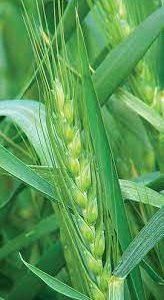
Olive trees are an important crop in Italy, where the evergreen trees have been cultivated since ancient times
Lorenzo Rossi, a native Italian who immersed himself early in life in olive production and the culture that surrounds rural Tuscany, believes the evergreen tree with oblong, sage-colored leaves may be a good prospect for Florida growers.
Robert Gilbert, UF/IFAS dean for research, and Andra Johnson, UF/IFAS dean for Extension, recently approved a nearly $70,000 grant for Rossi’s research proposal, “Evaluating olive (Olea europaea L.) as a new cash crop for Florida.” In addition to the UF grant, The Florida Olive Council will support the project with $5,000.
UF SEEDIT initiative
The UF grant is part of the UF/IFAS SEEDIT initiative established by Gilbert and Johnson, in partnership with Scott Angle, UF senior vice president for agriculture and natural resources, to “promote and grow integrated research and Extension team efforts toward emerging agricultural enterprises.”

Dr. Lorenzo Rossi
“Over the last ten years, researchers planted 25 commercial olive cultivars at 30 research and private orchard sites throughout Florida,” said Rossi, a UF/IFAS assistant professor of horticultural sciences. “Olive responses to Florida weather conditions have not been documented and are necessary to develop a local olive industry.”
An expert in olive tree cultivation, Rossi attended an agricultural technical high school where he learned to graft, prune, and manage olive trees and produce olive oil in the school’s experimental mill. Rossi studied olives at the university level.
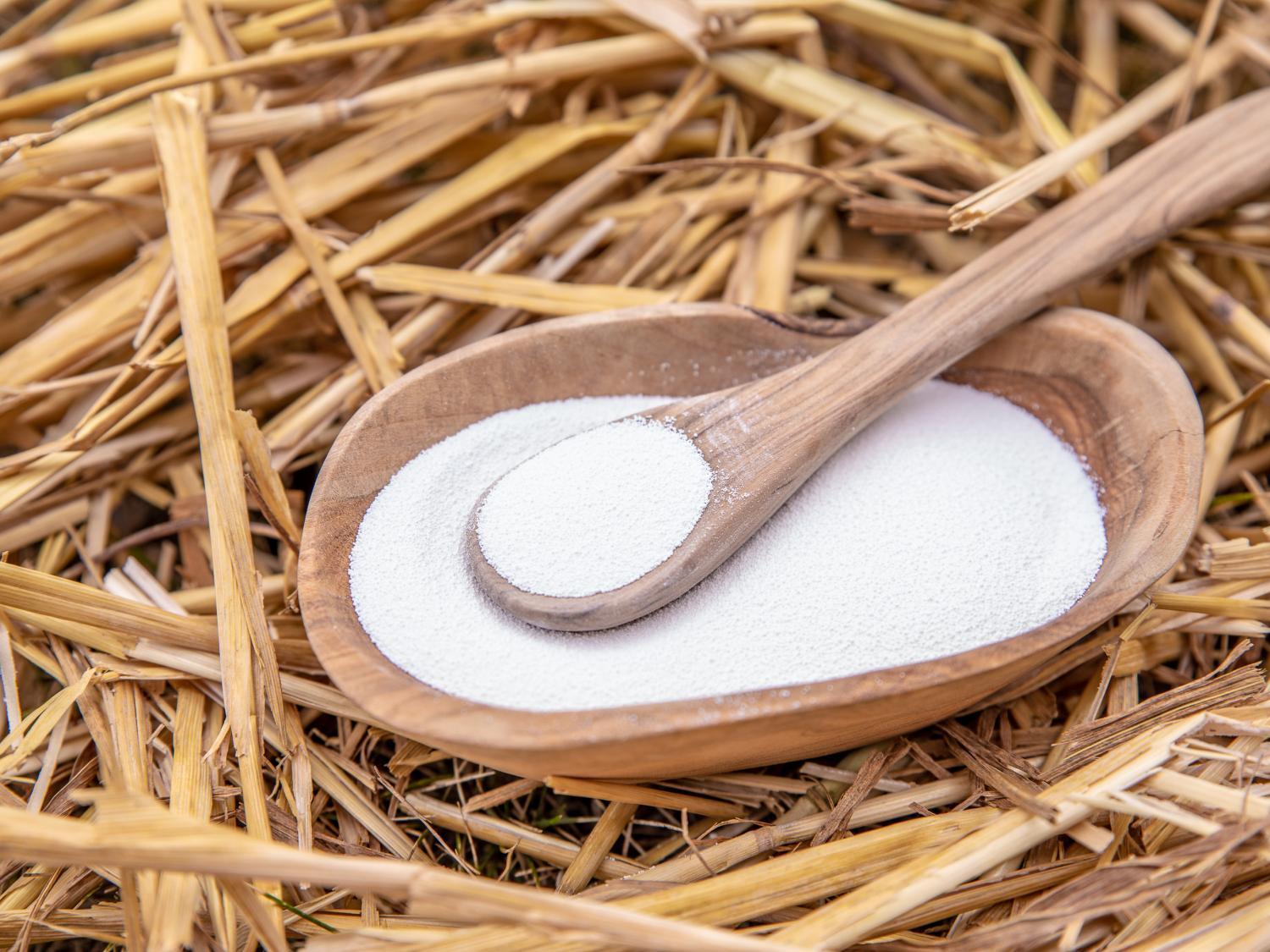
stituto Tecnico Agrario D. Anzilotti Veduta, in Pescia, Italy. The school is flanked by experimental olive orchards. A modern mill is situated behind the crop trees.

Young Dr. Lorenzo Rossi grafts olive trees as a high school student at Istituto Tecnico Agrario D. Anzilotti in Pescia, Italy, 2003.
Doctorate in Italy
Rossi completed a Ph.D. at the Sant’Anna School of Advanced Studies, a highly selective research university in Pisa, Italy.
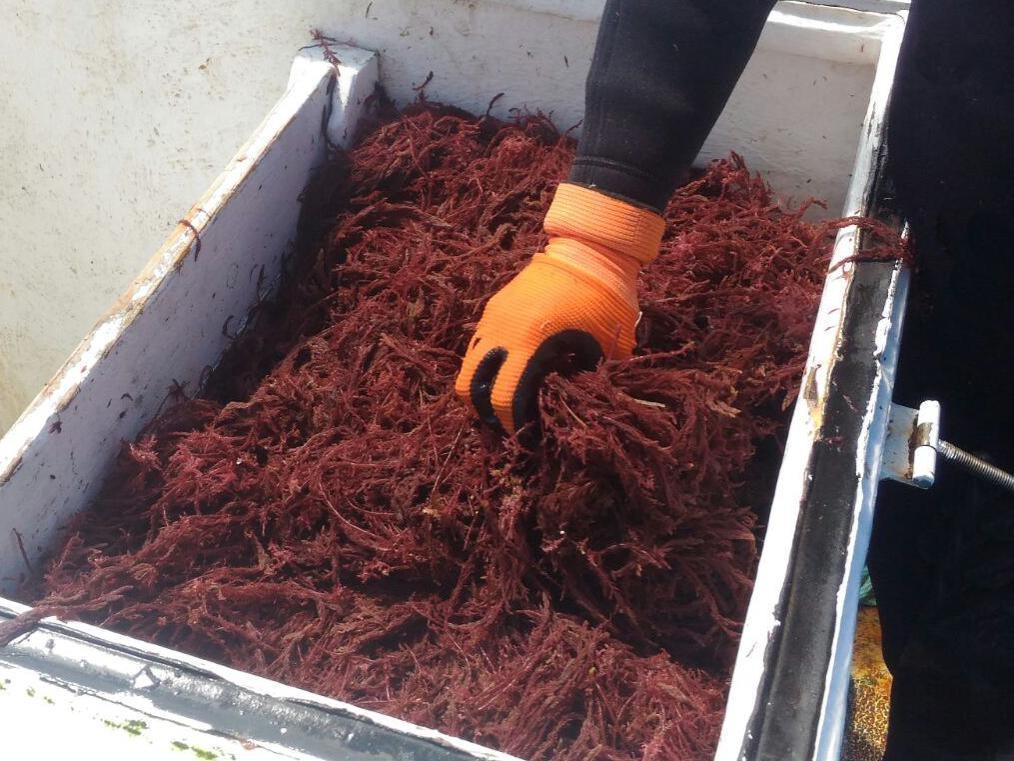
Dr. Lorenzo Rossi on the day of his Ph.D. defense at Sant’Anna School of Advanced Study in Pisa, Italy, February, 2013
Florida Olive Council
Rossi said his motivation to pursue the grant began five years ago when he discovered olive tree cultivation in different regions of Florida. Leadership for olive production comes from the Florida Olive Council, a non-profit organization that supports olive producers with “public and private organizations conducting olive research statewide.”
“We are excited that UF has decided to field a formal academic study on olives. Much credit goes to Rob Gilbert, Andra Johnson, and Scott Angle for having the vision to initiate this important research,” said Michael O’Hara Garcia, president of the Florida Olive Council. “It is a new day for Florida olives and promises a better future for Florida farmers.”
Demand for olive oil is strong. Americans consume about 100 million gallons of olive oil annually, but domestic producers contribute less than 10% of that consumption, according to the International Olive Council. Two modern olive mills convert olives into oil. Garcia said that in 2020, 800 Florida acres were under olive cultivation, with 60 to 80 individual farms in 20 counties.
Partnership with Florida Agricultural Mechanical University
In the award letter in which Gilbert approves Rossi’s grant, he writes, “The team is strong and includes a partnership with FAMU (Florida Agricultural Mechanical University). We like the proposed north and south Florida evaluation and lots of preliminary work.”
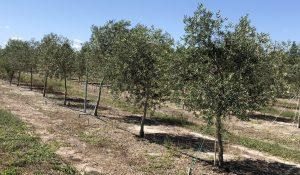
An olive orchard in Wauchula, Florida
Florida’s olive test locations
Considering Florida covers more than 420 miles from its north to south borders and several climates and soil types, the 18-month project will feature trials at two locations, Jay and Wauchula, which bookend the northern and southern extremes of Florida olive production. Rossi said that at least 20 established cultivars are available for immediate field testing.
“Fruit quality and quantity are critical factors,” Rossi said. “Trees need to be able to produce in quantity and quality that is sustainable and will allow the producers to make a profit.”
The new research includes six UF/IFAS researchers who will collaborate with Rossi to evaluate the current growers’ operations and the potential to expand it to a broader scale. The professors will contribute expertise in yield, oil quality, plant root biology, plant nutrition, water management, irrigation, and genetics.
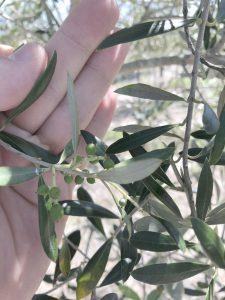
Florida olives on UF/IFAS test trees.
“Our goals are to identify potential optimal olive cultivars for Northwest and Southwest Florida fields, and to evaluate their cultural practices,” said Rossi. “Other goals are to identify an olive tree that will produce fruit in Southwest Florida with fewer ‘chill hours’ required to flower and produce fruits.
Two outreach events
“Two outreach events: one for the small farm artisanal olive production in North Florida, and a second for the South Florida commercial production, will be organized at the end of the research project.”
A seventh collaborator will lead outreach events. Alejandro Bolques, director of the FAMU Research and Extension Center in Quincy, and crop extension specialist, brings experience in work with olive growers to the research effort.
“Olives are a high-value crop and have been successfully tested in some groves in North Florida,” said Bolques. “If we can identify specific cultivars for commercial production, olives could be produced as a viable and highly profitable crop in Florida.”
Bolques will immediately transfer the research findings to growers, Rossi said.
Rossi’s team for the SEEDIT grant contributes to UF/IFAS’s statewide responsibility to serve the agricultural industry with research and extension.
“The UF/IFAS research team, including Florida Olive Council and FAMU collaborators, plans to publish and present our research findings as soon as they are ready for release,” said Rossi.
Source : ufl.edu